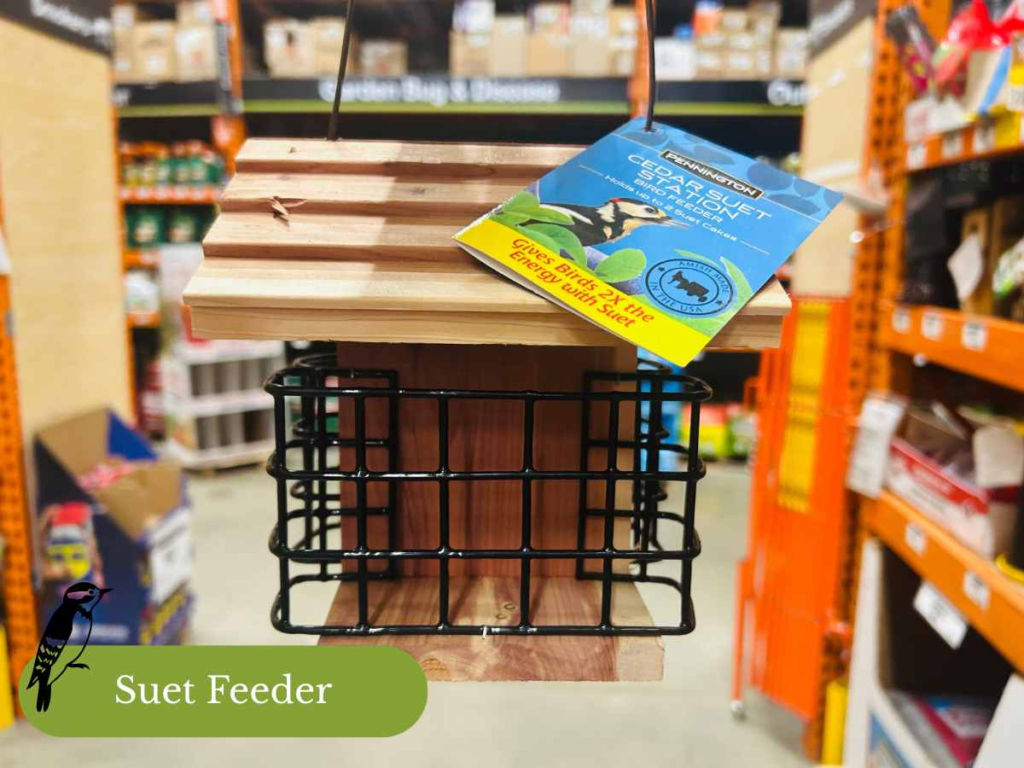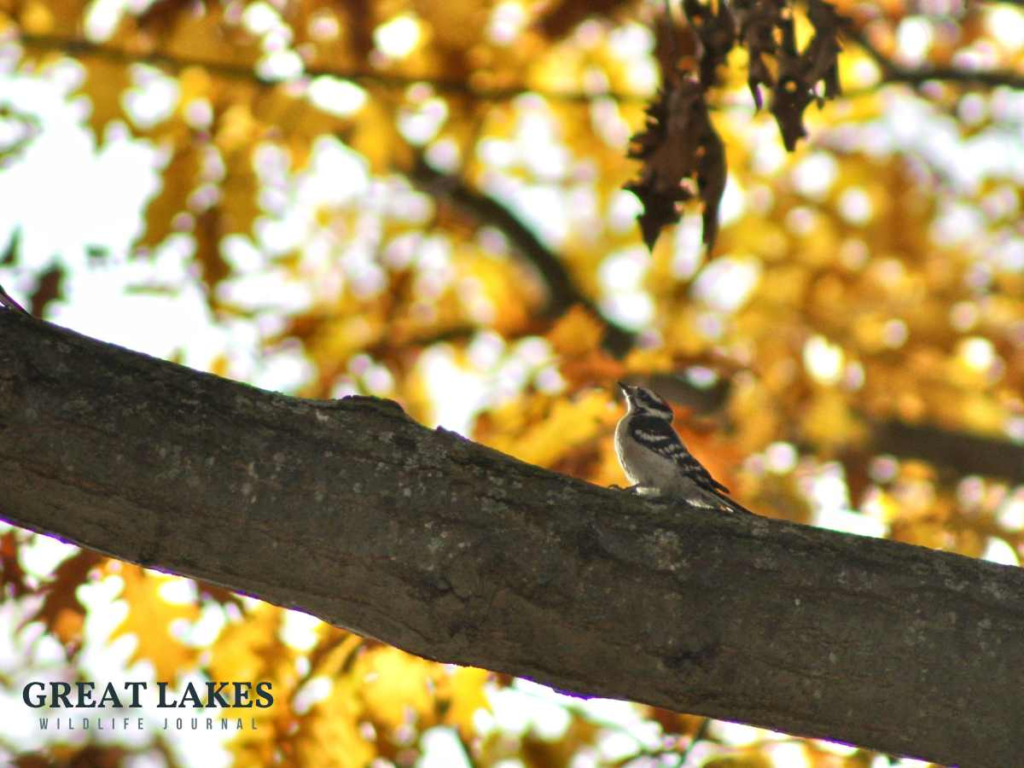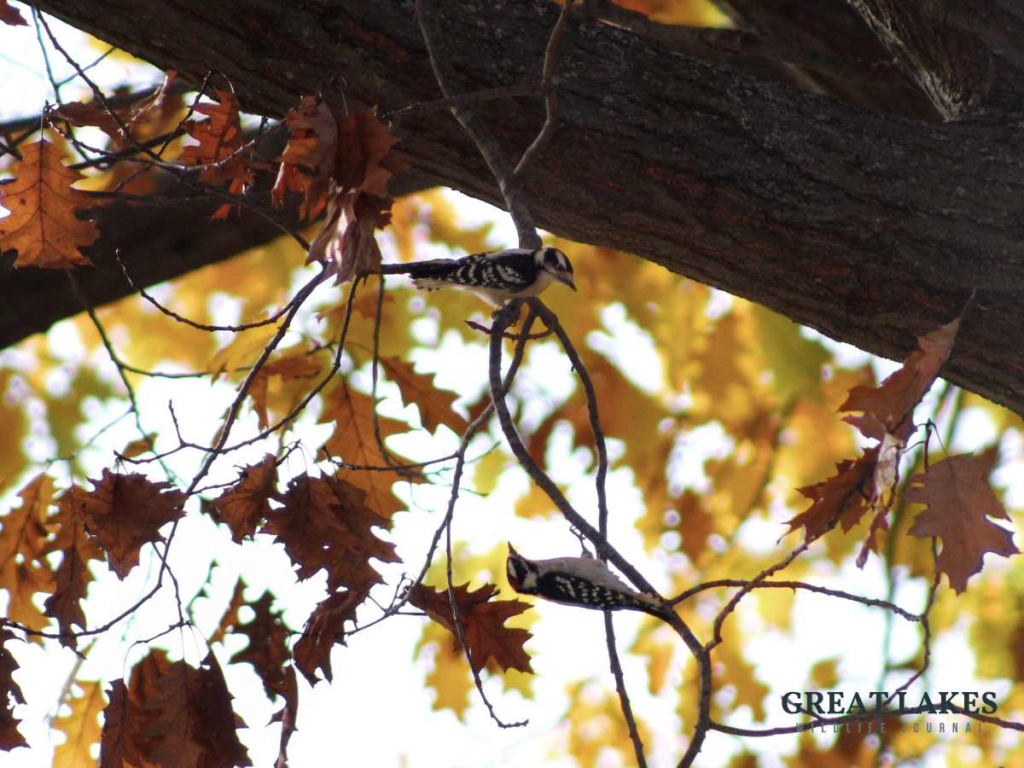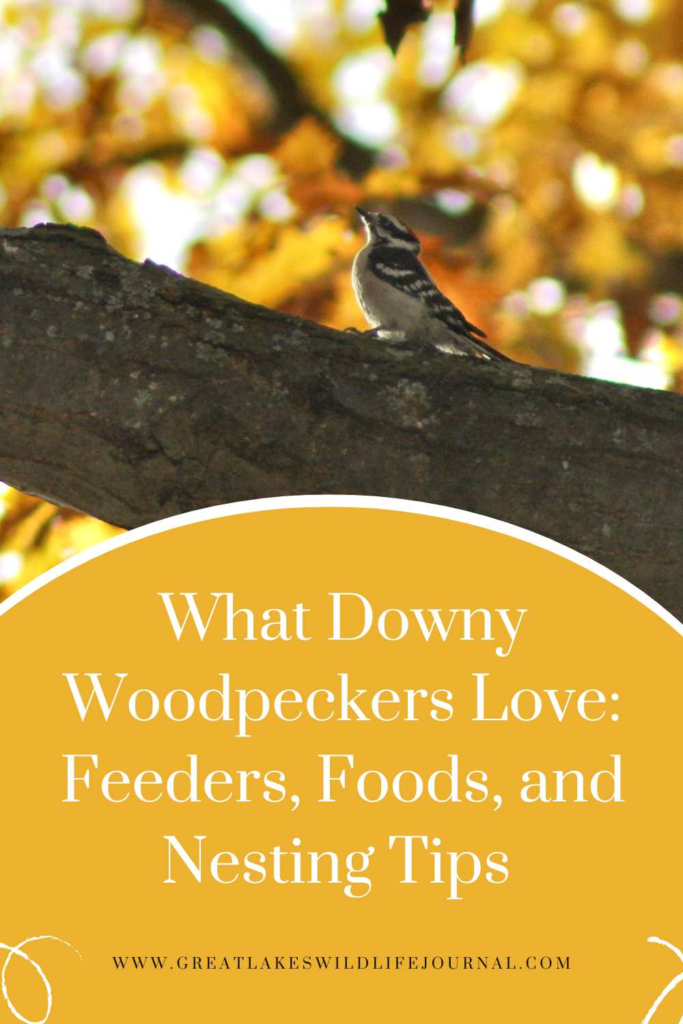If you’ve ever noticed a tiny black and white bird tapping away on your trees or hanging upside down from your suet feeder, chances are you’ve met a Downy Woodpecker! They’re the smallest woodpeckers in North America, but they make a big impression with their bold markings, cheerful energy, and gentle drumming that echoes through backyards and woodlots alike.
Downy Woodpeckers are remarkably adaptable. You can find them year round across most of the continent working over tree trunks in quiet forests or flitting between suet feeders and maples in suburban yards. Once they discover a reliable food source, they often return day after day, bringing a sense of rhythm and life even to the snowiest winter morning.
So what exactly do these little woodpeckers love most, and how can you make your yard a place they want to call home?

Feeding the Downy Woodpecker
When it comes to feeding, Downy Woodpeckers aren’t picky but they do have favorites. Suet is at the top of their list. Made from rendered animal fat, suet provides the high energy they need, especially during cold months. A simple suet cage works fine, but if you want to make them especially comfortable, choose one with a tail prop a flat board that extends below the feeder to support their balance.
You’ll also attract them with black oil sunflower seeds, peanuts, and mealworms. Peanuts, especially unsalted and shelled, give them protein rich energy, while dried or live mealworms mimic their natural insect diet.
When setting up feeders, place them near trees or shrubs. Downies feel safest when they can dart to nearby cover if startled, and they’ll visit more confidently when their feeding area mimics their natural woodland environment.
Check out my post on The Best Bird Feeders For Your Yard.
Creating a Natural Habitat

Feeders are just one part of attracting woodpeckers. A truly inviting yard feels like their natural habitat rich in trees, insects, and safe shelter.
If you have a dead tree or branch that’s not a safety hazard, consider leaving it standing. These “snags” are gold for woodpeckers, full of insects and larvae beneath the bark, and perfect for drumming and nesting.
Native trees and shrubs like oak, birch, and dogwood host a variety of insects that Downy Woodpeckers depend on. Avoiding pesticides is just as important. Chemical sprays might eliminate garden pests, but they also destroy the very insects these birds rely on for food.

A Place to Drink and Bathe
While we usually think of Downy Woodpeckers as bark drillers and suet lovers, they also enjoy water. A clean, shallow bird bath can attract them especially one with a gentle dripper or small fountain. The sound of moving water piques their curiosity and draws them down from nearby branches.
Place your bird bath near a tree or shrub where they can perch between visits, and keep it clean year-round to prevent algae buildup.
Wonder which bird bath is best? Read my article on Bird Baths 101.

Nesting and Shelter
When spring arrives, Downy Woodpeckers start searching for nesting sites. In the wild, they excavate their own cavities in dead or decaying trees a process that can take weeks of persistent drilling. You can encourage nesting by leaving a few dead limbs in safe trees or by installing a woodpecker nest box designed for Downies.
For best results, choose a box with a 1¼-inch entrance hole, and mount it 6–20 feet high on a tree trunk in a quiet, semi shaded area. With a bit of luck, you might see a pair claim it as their home, returning year after year to raise their young.
Want my recommendation for a nesting box? Click Here.
Keeping Them Safe
Once Downy Woodpeckers visit your yard, you’ll want to keep them safe. Keep cats indoors, move feeders away from windows, and use anti collision decals to prevent accidents. Avoid glue traps and chemical sprays outdoors as they can harm both birds and the insects they depend on.

A Joyful Backyard Companion
There’s something comforting about the steady tap of a Downy Woodpecker on a cold morning. They bring energy and life to even the quietest corners of the yard, reminding us that nature is always close by.
By offering nutritious food, natural shelter, clean water, and a safe space to nest, you’ll not only attract these charming little drummers but you’ll help them thrive. Once a Downy finds your yard, it often becomes a familiar visitor, returning each day with soft calls and a rhythmic tap that feels like part of the landscape itself.


Leave a Reply